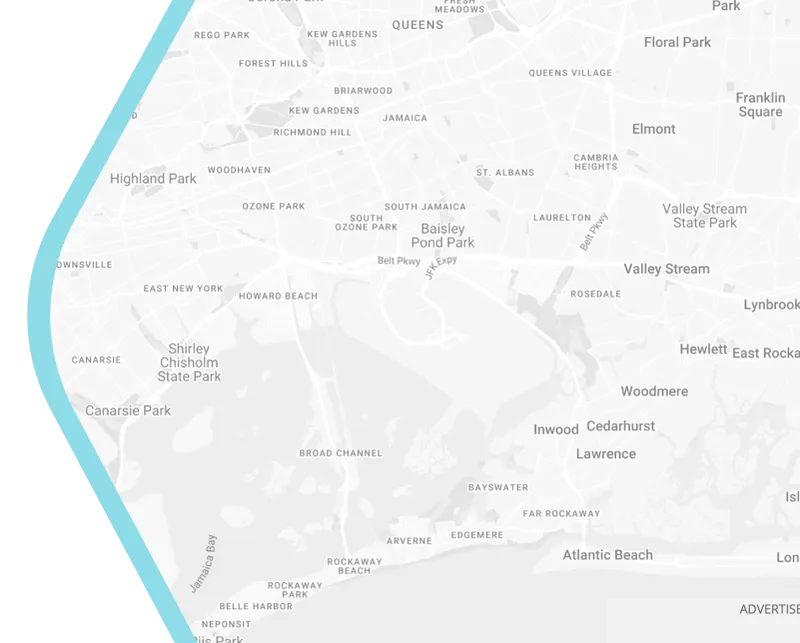
How AI is Revolutionizing Urban Land Use in Smart Cities
Cities have always been living organisms—pulsing with human energy, evolving with technology, and straining under the weight of their own growth. Today, as urban populations explode and climate threats loom, the challenge isn’t just to build more cities, but to build smarter ones. Enter artificial intelligence: the quiet force rewriting the rules of urban land use, turning chaotic sprawl into orchestrated harmony.
The Hidden Algorithm Behind Smarter Cities
Imagine a tool that can predict where a new subway line will spur affordable housing shortages, or how zoning a commercial district near wetlands might impact flood risks a decade from now. AI does exactly that. By digesting decades of urban data—traffic patterns, demographic shifts, environmental reports, and real-time sensor inputs—machine learning models generate hyper-accurate simulations.
In Melbourne, planners use AI platforms like Digital Urban Twin to test thousands of zoning scenarios in hours. The software balances competing priorities: housing density, green space preservation, and economic growth. It’s like playing chess with the city itself, where every move calculates the ripple effects on sustainability and equity.
From Concrete Jungles to Adaptive Ecosystems
Traditional zoning often locks cities into rigid grids, but AI introduces fluidity. Take Sydney’s Green Grid Initiative, where AI analyzes heat maps and pedestrian movement to dynamically rezone underutilized spaces. Parking lots become pop-up parks during heatwaves; vacant downtown plots transform into mixed-use hubs during festivals.
This adaptability is critical for climate resilience. In Brisbane, AI models forecasted the impact of 2030-level rainfall on drainage systems, prompting planners to rezone floodplains as wetlands instead of commercial zones—a decision that saved millions in future disaster costs.
The Human Touch in a Machine-Driven Process
Critics argue AI could depersonalize planning, but the opposite is unfolding. In Amsterdam, an AI tool called UrbanMind aggregates citizen feedback from social media and town halls, identifying grassroots demands for bike lanes or childcare centers. The algorithm then proposes zoning adjustments that align with both data and community voices.
It’s not about replacing planners, but empowering them. As one Adelaide urban developer noted: “AI handles the ‘what,’ so we can focus on the ‘how’—designing spaces that feel human, even if the logic comes from code.”
The Road Ahead: Ethical Codes and Smarter Policies
AI’s potential is vast, but so are its pitfalls. Bias in training data could replicate historical inequities, like prioritizing high-income neighborhoods for green spaces. Cities like Toronto now require algorithmic transparency in zoning tools, with ethics committees auditing AI proposals.
Meanwhile, Australia’s Smart Cities Plan mandates AI integration in all federal urban projects by 2025—a bold bet that machine learning can outpace urban decay.
Conclusion: Cities That Learn as They Grow
The future of urban land use isn’t just smart—it’s sentient. AI transforms zoning from a static map into a living dialogue between data and humanity, between the present and the future. As skylines evolve, the real revolution lies beneath the surface: algorithms quietly ensuring cities don’t just expand, but thrive.

